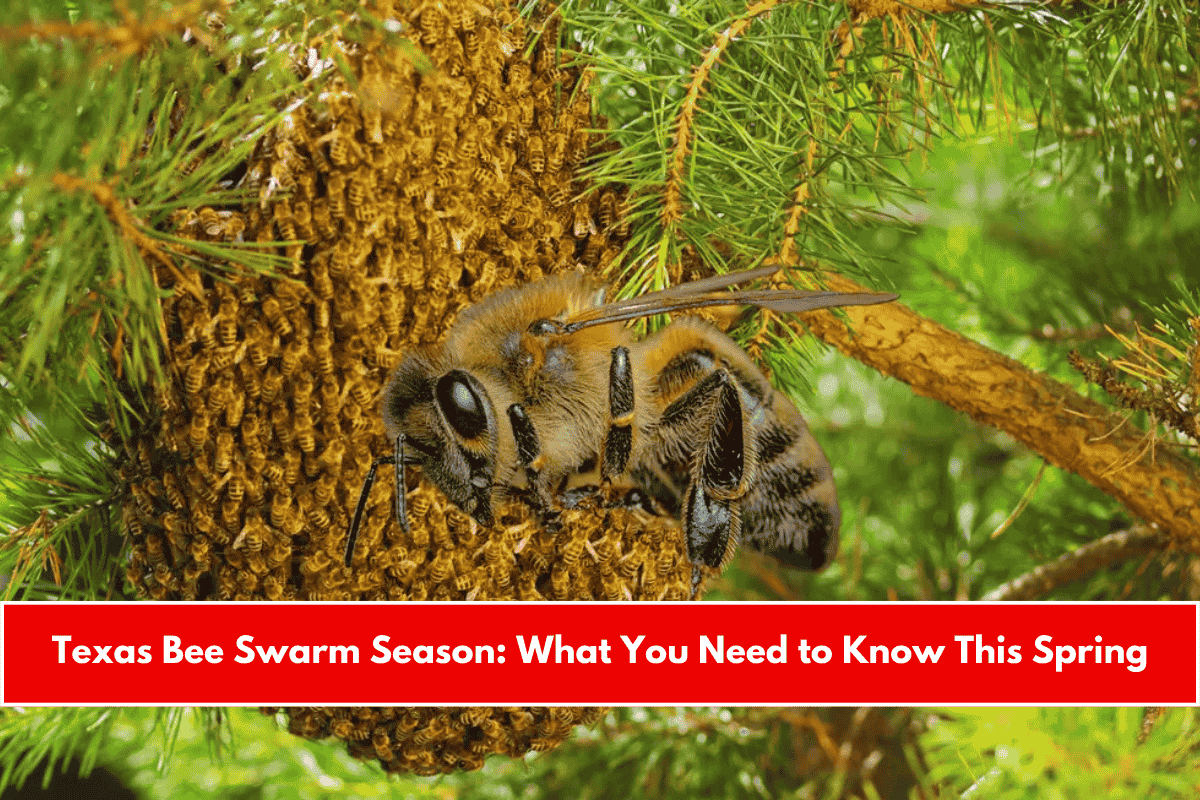Now that spring has arrived in Texas, it’s not just flowers and warmer weather we should expect — it’s also bee swarm season. While bees play a very important role in the environment, a swarm of bees can seem intimidating if you don’t know what to expect. But don’t worry, most of the time, there’s no need to panic.
From Fear to Fascination: A Personal Bee Story
Growing up in Tyler, Texas, many of us remember running away the second we saw a buzzing insect. Like many kids, I couldn’t tell the difference between a friendly bumblebee and a more aggressive wasp or hornet. They all seemed equally scary.
But as I got older, I started to appreciate bees — especially the fuzzy bumblebees. They’re cute, hardworking, and incredibly important to nature. These tiny creatures pollinate plants and help keep our food supply going.
Still, while one or two bees are fine, a swarm can still feel a bit scary.
When Is Bee Swarm Season in Texas?
According to experts and reports from KXAN in Austin, bee swarm season in Texas starts in late March and continues through June.
This is the time when honeybee colonies become overcrowded. As a natural part of their reproductive process, some bees will leave the old hive to start a new one — that’s when you might see a swarm of bees hanging from a tree or flying in a group.
Are Bee Swarms Dangerous?
Usually, no. Honeybee swarms are not aggressive unless they feel threatened. Most of the time, they’re simply resting while scout bees look for a good new home.
But if you disturb them, make loud noises, wave your arms, or swat at them — that’s when they might get defensive and sting.
What Should You Do If You See a Swarm?
If you come across a swarm of bees, the best thing to do is leave it alone. Avoid getting too close, and don’t try to move or disturb them.
Experts recommend calling a local beekeeper or a professional pest control service that handles bees in a humane way. Most swarms will move on in a short time once they find a new home.
In Case of a Bee Attack
While it’s rare, if you do happen to get attacked by a swarm of bees, Texas A&M AgriLife Extension offers some useful advice:
Run to shelter, cover your head and face, and avoid jumping into water. Bees often wait near the surface. Once you’re safe, remove any stingers quickly and seek medical help if needed — especially if you’re allergic.











Leave a Reply